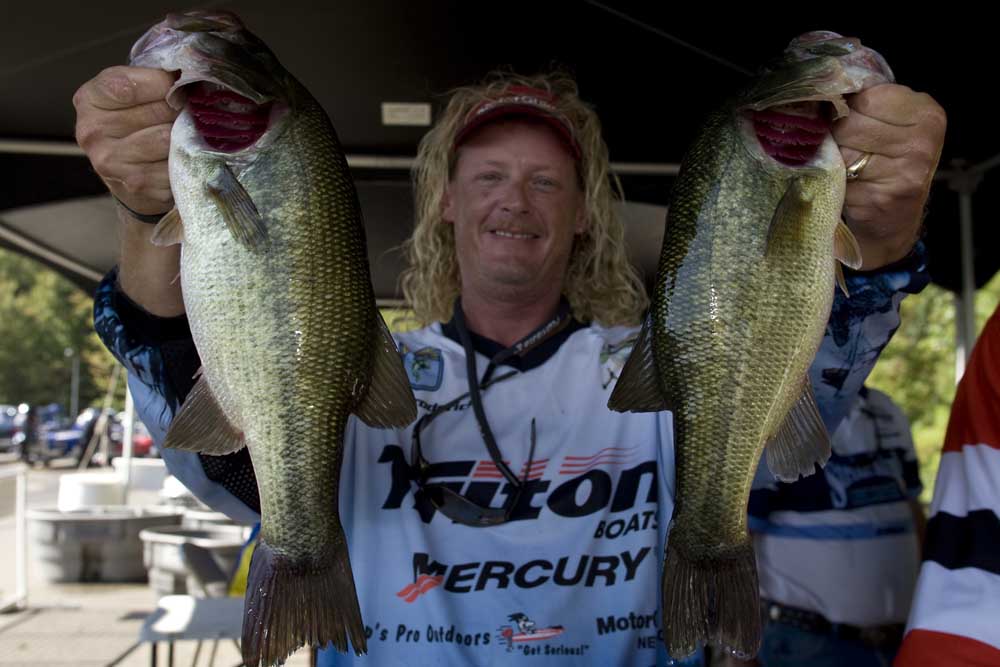If you fish rivers or streams, or even if you just like running as far up your favorite reservoir as your boat will take you, it’s critical that you appreciate the way current influences bass behavior and impacts your fishing.
Having lived near and fished the Ohio River for most of my life, I’ve learned how critical it can be to get the details right when you’re chasing bass in current.
I hope these three tips will help you. I know they’ve helped me.
1. Get into the flow
Fish face into the current. Even if it doesn’t look like that’s what they’re doing, that’s really what they’re doing. To do anything else would get them swept away with the flow.
Quite often, a fish will be holding in an eddy where the current is sweeping around an object and creating a different current flow. When that happens, the fish could be facing in a direction that looks very different from the main flow, but the fish is still facing whatever current it’s in.
When you present your lure to bass in current, you want it moving naturally with the flow, not swimming against it. That means casting into the current and bringing your bait back in the same direction.
When you can, fish your way upstream rather than down. That way you’ll have better boat control (be sure to charge your batteries!) and any disturbances you may cause by dislodging rocks or limbs won’t mess up the fish in front of you. It will also keep your baits out of trouble and hanging up less since treetops and other cover that falls into the water tend to align themselves with the current in a way that prefers a downstream retrieve.
2. Upstream is better
If you’re fishing a piece of structure or cover in current, the upstream side of that structure or cover is usually going to be the most productive. The fish on that side are going to be more aggressive, almost playing leapfrog with any others in the school to get the first shot at any forage that comes by.

The fish on the back (downstream) side of structure or cover are more likely to be in a negative feeding mood. Yes, you can catch them sometimes, but their position is more conducive to resting or inactivity.
3. Try flat-sided crankbaits in current
Because of their design, flat-sided crankbaits handle current better than rounded baits. They’re less affected by the flow and tend to dive and “hunt” immediately, making them more productive in the early part of the retrieve. Rounded baits seem to struggle to right themselves at the beginning of the retrieve, and their hooks will foul more often.
Especially when you’re targeting shallow water cover in current, that little advantage for flat-sided baits can be a big deal.
Locate, catch and win!





